Home>diy>Building & Construction>How Do I Know If I Need Foundation Repair
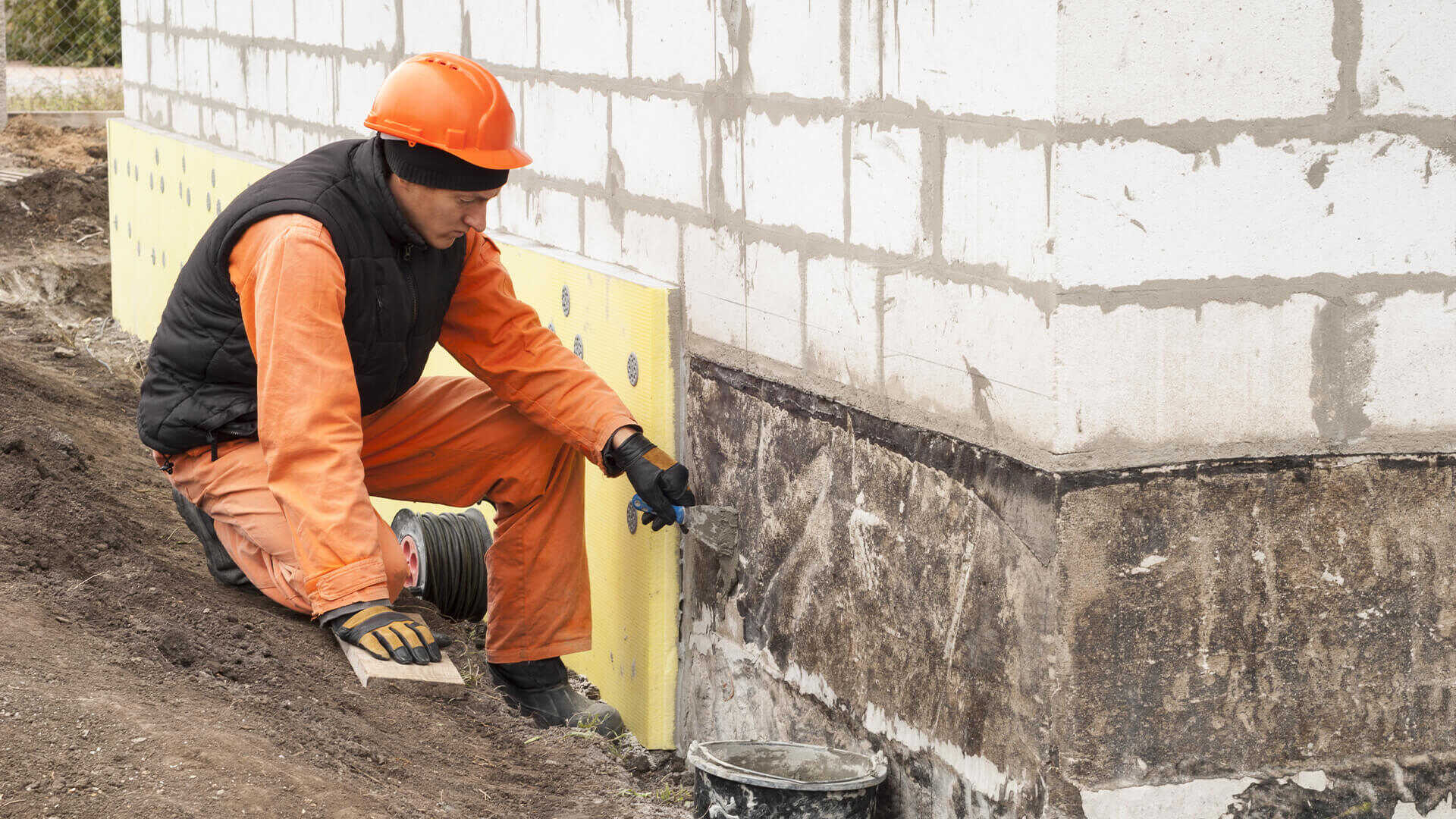

Building & Construction
How Do I Know If I Need Foundation Repair
Modified: March 23, 2024
Find out if you need foundation repair for your building-construction project. Learn about the signs and symptoms that indicate a foundation problem.
(Many of the links in this article redirect to a specific reviewed product. Your purchase of these products through affiliate links helps to generate commission for Storables.com, at no extra cost. Learn more)
Introduction
As a homeowner, it’s crucial to be aware of potential issues that can arise with the foundation of your house. The foundation serves as the base and support for your entire home, and any problems with it can lead to structural instability and costly repairs. Understanding the signs of foundation issues and knowing when to seek professional help can save you from further damage and ensure the safety and longevity of your property.
In this article, we will discuss common signs that indicate the need for foundation repair, the causes behind these issues, and when it’s time to consult a professional.
It’s important to note that your home’s foundation might experience wear and tear over time. Factors such as soil composition, climate conditions, and the quality of construction can all contribute to potential problems. By being proactive and knowledgeable about the signs, causes, and solutions, you can prevent small issues from escalating into expensive and time-consuming repairs.
Now, let’s dive into the signs that might indicate foundation problems in your home.
Key Takeaways:
- Early detection of foundation issues, such as cracks in walls, uneven floors, and sticking doors/windows, can prevent costly repairs. Consult a professional if you notice these signs to safeguard your home’s stability.
- Factors like soil shrinkage, poor drainage, tree roots, and construction quality can contribute to foundation problems. Implement preventive measures and seek professional help to maintain a sturdy foundation.
Read more: What Kind Of Foundation Do I Need For A Shed
Signs of Foundation Issues
Foundation issues can manifest in various ways, and it’s important to recognize the early warning signs to address them promptly. Here are some common signs that indicate potential foundation problems:
- Cracks in the Walls: One of the most noticeable signs of foundation issues is the presence of cracks on the walls, especially near the corners of windows and doors. These cracks can be either horizontal or vertical and may vary in size. Pay attention to cracks that are wider than 1/8 inch or that continue to grow over time.
- Uneven Floors: If you notice that your floors are no longer level, it could be a sign of foundation problems. Uneven or sloping floors can indicate that the foundation has shifted or settled inconsistently, causing the floors to become unlevel.
- Doors and Windows Sticking: Difficulty in opening or closing doors and windows is another common sign of foundation issues. When the foundation shifts, it can cause misalignment, leading to doors and windows that no longer operate smoothly.
- Plumbing Issues: Foundation problems can also affect your plumbing system. Look out for signs such as leaking pipes, decreased water pressure, or recurring sewage backups. These issues may indicate that the foundation movement has caused damage to the plumbing infrastructure.
- Exterior Foundation Issues: It’s essential to inspect the exterior of your home for signs of foundation problems as well. Look for cracks in the exterior walls, gaps between the bricks or siding, and bulging or leaning walls. These signs can indicate that the foundation has shifted or settled unevenly.
Keep in mind that these signs alone may not always indicate a foundation problem, as they can also be caused by other factors such as natural settling of the home. However, if you notice multiple signs or if they appear to be worsening over time, it’s wise to consult a professional to assess the situation.
Now that we’ve covered the signs, let’s explore the common causes behind foundation issues and how they can be addressed.
Cracks in the Walls
One of the most visible and common signs of foundation issues is the presence of cracks in the walls. While some cracks may be minor and not necessarily indicative of a serious problem, others can signify underlying foundation damage that requires attention.
It’s important to understand that not all types of cracks are the same and that their characteristics can provide valuable insight into the nature of the foundation issue. Here are some types of cracks to look out for:
- Vertical Cracks: Vertical cracks that run from the floor to the ceiling or along the length of the wall are typically caused by foundation settlement or shifting. These cracks may start small, but if left untreated, they can widen over time and become more severe.
- Horizontal Cracks: Horizontal cracks are usually more concerning than vertical cracks because they can indicate excessive pressure from the surrounding soil pushing against the foundation. These cracks may be a sign of a more significant structural issue and should be addressed promptly by a professional.
- Stair-Step Cracks: Stair-step cracks are diagonal cracks that follow a pattern resembling a staircase. These cracks often indicate foundation movement and are commonly seen in brick or block walls. If you notice stair-step cracks in your walls, it’s important to have them evaluated by a foundation specialist.
- Cracks at Corners: Cracks that form at the corners of windows and doors can be an indication of foundation issues. These areas are typically weaker than other parts of the wall and are more susceptible to cracks when the foundation shifts or settles unevenly.
Not all cracks are cause for immediate concern, as small cracks can be a result of natural settling or temperature fluctuations. However, it’s crucial to monitor the size and progression of the cracks. If you notice cracks that are wider than 1/8 inch or if they continue to grow over time, it’s advisable to consult a foundation repair expert.
Professional assessment is essential in determining the severity of the cracks and identifying the underlying cause. Depending on the situation, solutions for repairing foundation-related cracks may include underpinning, foundation stabilization, or other methods recommended by the professional.
Remember, addressing foundation issues promptly can help prevent further damage to your home and potentially save you from costly repairs down the line. If you suspect foundation problems due to cracks in your walls, consult with a reputable foundation repair specialist to ensure the stability and safety of your home.
Uneven FloorsOne of the indicators of potential foundation issues in a home is the presence of uneven or sloping floors. While minor floor slopes can be a result of natural settling, significant variations in floor levels may be a sign of a more serious underlying problem with the foundation.
Here are some factors to consider when assessing uneven floors:
- Gaps or Spaces: Look for visible gaps or spaces between the floorboards or tiles. If you can insert a coin or notice a significant difference in height between adjacent floor sections, it could indicate foundation movement.
- Slanted Furniture: Observe how furniture and other objects sit on your floor. If you notice that items tilt or wobble, it may be due to an uneven floor caused by foundation issues.
- Rolling Objects: Take note of how objects such as balls or toys behave when rolled across the floor. If they consistently roll in a particular direction or encounter resistance, it could be a sign of an uneven floor surface.
- Visible Cracks: In some cases, uneven floors can cause visible cracks in flooring materials, such as tiles or hardwood. If you notice cracks that run parallel to the floorboards or tiles, it may indicate foundation problems.
When trying to determine whether your floors are uneven, it’s essential to consider the age and construction of your home. Older homes may naturally have some degree of unevenness due to settling over time. However, significant variations or sudden changes in floor levels should be further investigated.
If you suspect uneven floors due to foundation issues, it’s recommended to consult a professional foundation repair specialist. They will assess the condition of your foundation and provide you with appropriate recommendations for stabilization and repair.
Addressing uneven floors promptly is crucial to maintain the structural integrity of your home and prevent further damage. Foundation repair methods, such as underpinning or floor leveling, can help restore levelness and stability to your floors and ensure the safety of your home.
Remember, only a professional assessment can provide an accurate diagnosis of your foundation issues and guide you towards the most appropriate solutions. If you notice uneven floors in your home, don’t hesitate to seek professional advice to address the problem effectively.
Doors and Windows Sticking
Difficulty in opening or closing doors and windows is another common telltale sign of potential foundation issues in a house. When the foundation shifts or settles unevenly, it can cause misalignment, leading to doors and windows that no longer operate smoothly.
Here are some signs to look out for:
- Sticky Doors: If you find that your doors require significant force or maneuvering to open or close, it may be a sign of foundation problems. Doors may rub against the door frame or the floor, making them resistant to movement.
- Difficulty Latching: Another indicator of foundation issues is when doors refuse to latch properly. Misalignment caused by foundation movement can prevent the latch from aligning properly with the strike plate, making it difficult to secure the door.
- Windows that Won’t Open or Close: Foundation issues can also affect the operation of windows. You might notice that windows become stuck and require excessive force to open or close. This can be due to changes in the frame’s structure or misalignment caused by foundation movement.
- Gaps and Drafts: Pay attention to any noticeable gaps or drafts around doors and windows. Foundation shifts can cause the frames to become misaligned, resulting in uneven gaps that allow air and moisture to enter your home.
It’s important to note that in some cases, sticky doors or windows can be attributed to other factors such as humidity or aging hardware. However, if you observe several doors and windows throughout your home exhibiting these issues, it’s worth considering the possibility of underlying foundation problems.
To accurately diagnose the cause of sticking doors and windows, it’s recommended to consult with a professional foundation repair specialist. They will assess the condition of your foundation and determine whether foundation stabilization or realignment is necessary.
Addressing doors and windows that are sticking due to foundation issues is crucial for both functionality and security. A professional can provide appropriate solutions such as adjusting or replacing hinges, shimming door frames, or implementing foundation repair methods to resolve the underlying problem.
Remember, if you’re experiencing persistent issues with doors and windows sticking in your home, don’t ignore it. Seek professional advice to evaluate the possibility of foundation problems and take proactive steps to ensure the stability and functionality of your doors and windows.
Read more: How Do I Know When I Need A New Mattress
Plumbing Issues
Foundation problems can also have a significant impact on your home’s plumbing system. The shifting or settling of the foundation can cause damage or misalignment to pipes, resulting in various plumbing issues. It’s important to be aware of the following signs that may indicate plumbing problems related to foundation issues:
- Leaking Pipes: If you notice water leaks in your home, it could be a sign of foundation movement affecting the plumbing system. Common signs of leaking pipes include damp spots on walls or ceilings, puddles of water near plumbing fixtures, or continuously running water meters. Prompt action is necessary to prevent further damage to both the foundation and plumbing.
- Decreased Water Pressure: A decrease in water pressure throughout your home can indicate plumbing issues caused by foundation problems. If you notice a significant drop in water pressure, it’s important to have a professional plumber investigate the cause and assess the condition of your pipes.
- Sewage Backups: Foundation movement can disrupt the proper functioning of your sewer lines, leading to recurring sewage backups in your home. If you experience frequent clogs, slow drainage, or sewage backups, it’s crucial to address the issue promptly to prevent further damage and potential health hazards.
- Unusual Odors: Foul odors coming from drains or sewage lines can indicate plumbing issues related to foundation problems. These odors can be a result of leaks, cracks, or an improper seal in the sewer lines. Identifying and addressing the source of the odor is essential to maintain a healthy and functional plumbing system.
If you suspect plumbing issues due to foundation problems, it’s important to consult with both a foundation repair specialist and a professional plumber. They will work together to assess the condition of your foundation and plumbing system, providing you with an accurate diagnosis and appropriate solutions.
Repairing plumbing issues caused by foundation problems may involve fixing leaks, reinforcing or replacing damaged pipes, or even rerouting the plumbing system to ensure proper functionality and prevent future issues. It’s essential to address these problems promptly to minimize the risk of further damage and to maintain the overall integrity of your home.
Remember, plumbing issues related to foundation problems should not be neglected. Seek professional assistance to evaluate and resolve the root cause of any plumbing problems you encounter to ensure a well-functioning and reliable plumbing system in your home.
Exterior Foundation Issues
While it’s essential to inspect the interior of your home for signs of foundation problems, it’s equally important to examine the exterior. The exterior of your foundation can reveal valuable clues about the condition of your home’s foundation. Here are some common exterior signs that may indicate foundation issues:
- Cracks in the Exterior Walls: Cracks in the exterior walls, especially if they are wider than 1/8 inch or continue to grow in size, can be a clear indication of foundation problems. These cracks may appear in a stair-step pattern, horizontally, or vertically along the foundation walls.
- Gaps in Bricks or Siding: When the foundation shifts or settles unevenly, it can cause gaps to form between bricks or siding materials. If you notice visible gaps or separations in the exterior cladding of your home, it could be a sign of foundation issues.
- Bulging or Leaning Walls: The presence of bulging or leaning exterior walls is a more severe indication of foundation problems. These issues may occur when the foundation has shifted significantly, resulting in visible deformities in the walls.
- Water Pooling: Pay attention to areas around the foundation where water collects or puddles after rain. Poor drainage can contribute to foundation issues, as excessive moisture can cause the soil to expand, leading to foundation movement.
- Separation at the Foundation Line: Look for gaps or separations between the foundation and the surrounding landscaping or walkways. These separations can occur when the foundation settles unevenly or when there is soil erosion around the perimeter of the foundation.
If you notice any of these exterior foundation issues, it’s crucial to consult with a professional foundation repair specialist to assess the severity and underlying cause of the problem. They can conduct a thorough inspection, provide an accurate diagnosis, and recommend the most appropriate solutions to address the foundation issues.
Common solutions for exterior foundation issues may include foundation stabilization techniques, soil stabilization, drainage improvement, or even foundation replacement in extreme cases. The specific approach will depend on the severity of the issues and the recommendations of the professional.
Remember, the exterior of your foundation can provide valuable insights into the condition of your home’s foundation. Early detection and timely intervention can help prevent further damage and save you from costly repairs in the long run. If you suspect exterior foundation issues, it’s important to take immediate action and consult with a professional to ensure the stability and integrity of your home.
Look for signs such as cracks in the walls, uneven floors, or doors and windows that stick. If you notice any of these, it’s a good idea to have a professional inspect your foundation.
Causes of Foundation Problems
Foundation problems can arise due to various factors, and understanding the underlying causes is crucial to effectively address and prevent further damage. Here are some common causes of foundation issues:
- Soil Shrinkage: Soil shrinkage is a common cause of foundation problems. When the moisture content in the soil decreases, it can lead to soil shrinkage and settlement. Dry weather conditions, poor drainage, and the presence of certain soil types, such as clay, can contribute to this issue.
- Poor Drainage: Insufficient or ineffective drainage around the foundation can also cause foundation problems. When water accumulates near the foundation, it can seep into the soil and lead to soil erosion or excessive moisture content, causing the foundation to shift or settle unevenly.
- Tree Roots: The roots of large trees located near the foundation can have a significant impact on its stability. As the roots grow and expand, they can exert pressure against the foundation walls, causing them to crack or shift. Additionally, trees that require a substantial amount of water can contribute to soil shrinkage around the foundation.
- Poor Construction: In some cases, foundation issues can be traced back to poor construction practices. Insufficient compaction of the soil, inadequate reinforcement, or the use of low-quality materials during the construction process can all contribute to foundation problems down the line.
It’s important to note that multiple factors can often work together to cause foundation problems. For example, poor drainage combined with soil shrinkage can have a compounding effect on the stability of the foundation.
Prevention is key when it comes to foundation problems. Taking proactive measures to address the causes can help minimize the risk of future issues. Here are some preventative measures you can consider:
- Maintain Proper Moisture Levels: Control the moisture levels around your foundation by maintaining a consistent watering routine for your landscaping. Ensure proper grading and slope away from the foundation to prevent water accumulation.
- Address Drainage Issues: Implement adequate drainage systems, such as gutters, downspouts, and French drains, to divert water away from the foundation. Regularly inspect and clean these drainage systems to ensure they are functioning properly.
- Consider Tree Placement: Be mindful of planting large trees near the foundation. If you choose to have trees, consider selecting species with non-invasive root systems or planting them at a safe distance from the house.
- Invest in Quality Construction: When building a new home or making renovations, ensure that proper construction practices are followed. This includes proper soil compaction, adequate reinforcement, and the use of quality materials.
While preventative measures can help minimize the risk of foundation problems, it’s important to be vigilant and address any signs of foundation issues promptly. Consulting with a professional foundation repair specialist is crucial for an accurate diagnosis and appropriate repair solutions tailored to your specific situation.
By understanding the causes of foundation problems and taking proactive steps to prevent and address them, you can safeguard the stability and integrity of your home’s foundation for years to come.
Soil Shrinkage
Soil shrinkage is a common cause of foundation problems that can occur in various areas, especially in regions with certain soil types and weather conditions. Understanding soil shrinkage and its effects on the foundation is crucial in addressing and preventing foundation issues.
When soil shrinks, it undergoes a reduction in volume due to a decrease in moisture content. This occurs primarily in clay soils, which are expansive in nature. The shrink-swell behavior of clay soils is influenced by changes in moisture levels. Here’s how the process works:
- Dry Weather Conditions: During dry periods, when the soil lacks sufficient moisture, clay soils begin to dry out and shrink. The soil particles separate from each other, causing the soil to contract and decrease in volume. This shrinkage creates voids and gaps beneath the foundation, leading to uneven settling and potentially causing cracks to form.
- Poor Drainage: Inadequate or improper drainage can compound soil shrinkage issues. When water accumulates near the foundation, it can saturate the soil and create a localized area with excessive moisture. However, in other areas where proper drainage is lacking, the surrounding soil may remain dry. This inconsistent moisture distribution leads to differential shrinkage, further contributing to foundation movement and damage.
- Expansion and Contraction: Clay soils have the ability to expand and contract significantly with changes in moisture content. When wet conditions return, the clay soil absorbs water and expands, exerting pressure against the foundation. This expansion can push against the foundation walls, causing cracks or even structural damage.
Addressing soil shrinkage involves both prevention and mitigation measures. Here are some strategies to consider:
- Maintaining Proper Moisture Levels: By maintaining consistent moisture levels around the foundation, you can help reduce soil shrinkage. Regularly water the soil around your foundation during dry periods to prevent it from drying out excessively.
- Implementing Adequate Drainage: Proper drainage plays a vital role in preventing soil shrinkage. Install and maintain a well-designed drainage system, including gutters, downspouts, and French drains, to direct water away from the foundation. This helps to prevent the accumulation of excess moisture that could lead to uneven drying and shrinkage.
- Using Soil Amendments: Adding soil amendments such as organic matter or clay stabilizers can improve the moisture retention and stability of highly expansive clay soils. Consulting with a soil engineer or foundation specialist can help determine the most appropriate amendments for your specific soil conditions.
- Foundation Maintenance: Regularly inspect your foundation for signs of cracks, settling, or movement. Promptly address any issues by consulting with a professional foundation repair specialist to prevent further damage and ensure the structural stability of your home.
It’s important to note that soil shrinkage can be a gradual process, and foundation issues may not become immediately apparent. Being proactive in monitoring and addressing soil shrinkage, along with implementing preventive measures, can help mitigate potential foundation problems and maintain the integrity of your home’s foundation for years to come.
Read more: How Do I Know What Size Blinds I Need
Poor Drainage
Poor drainage is a significant contributing factor to foundation problems, and addressing it is crucial in maintaining the stability and integrity of your home’s foundation. Inadequate or improper drainage can lead to excessive moisture around the foundation, causing soil erosion, soil shrinkage, and other detrimental effects. Understanding the importance of proper drainage and implementing effective solutions is essential. Here’s why poor drainage can impact your foundation:
- Excess Moisture: When water accumulates around the foundation due to poor drainage, it creates a highly saturated area. This excess moisture can penetrate the soil and weaken its stability, leading to soil erosion and settling. Over time, the foundation can sink or shift as a result of the compromised soil.
- Soil Expansion and Contraction: In regions with clay soils, inadequate drainage can contribute to soil expansion and contraction. When clay soils become saturated, they expand, exerting pressure against the foundation. Conversely, when the water drains away, the soil can shrink, creating voids and gaps beneath the foundation that can result in settlement and structural issues.
- Hydrostatic Pressure: Poor drainage can lead to the buildup of hydrostatic pressure against the foundation walls. Hydrostatic pressure occurs when water exerts force against the foundation due to inadequate drainage or improper grading. This pressure can cause foundation walls to crack or bow inward, resulting in structural instability.
- Differential Foundation Movement: Inconsistent moisture distribution around the foundation can lead to differential movement. One side of the foundation may experience greater soil expansion or settling than the other, leading to an uneven foundation. This differential movement can result in cracks, uneven floors, and other signs of foundation problems.
To address poor drainage and prevent foundation issues, consider implementing the following solutions:
- Gutters and Downspouts: Install and maintain properly functioning gutters and downspouts to collect and redirect rainwater away from the foundation. Ensure that downspouts extend at least five feet from the foundation to prevent water from pooling near the perimeter.
- French Drains: French drains are effective at redirecting water away from the foundation. They consist of a perforated pipe surrounded by gravel that collects and channels groundwater to a desired discharge area. Installing a French drain system can help alleviate water accumulation and prevent excessive moisture around the foundation.
- Sloping and Grading: Ensure that the ground slopes away from the foundation by grading the soil properly. This encourages water to flow away from the foundation instead of pooling around it. Consult with a professional to determine the appropriate slope and grading for your specific property.
- Foundation Waterproofing: Consider applying waterproof coatings or sealants to the exterior of the foundation walls to prevent moisture intrusion. These products can create a barrier against water penetration, reducing the risk of moisture-related foundation issues.
Regular maintenance and inspection of your drainage systems are also crucial. Clear debris from gutters and downspouts, and regularly check for proper functioning of all drainage components. If you notice any signs of poor drainage or foundation issues, consult with a professional foundation repair specialist for a comprehensive evaluation and appropriate solutions.
By addressing poor drainage and implementing effective drainage solutions, you can significantly reduce the risk of foundation problems caused by excessive moisture and ensure the long-term stability of your home’s foundation.
Tree Roots
Although trees bring beauty and shade to our landscapes, they can also play a role in causing foundation problems. The roots of large trees, particularly those planted near the foundation, have the potential to exert significant pressure on the foundation and cause damage over time. Understanding the impact of tree roots on your foundation is essential for preventative measures. Here’s how tree roots can contribute to foundation issues:
- Hydraulic Pressure: Tree roots seek water sources, and if they grow near the foundation, they can absorb moisture from the soil surrounding the foundation. This extraction of water creates a void in the soil, leading to differential moisture content and causing the soil to shrink. The differential drying patterns can result in uneven settlement and foundation issues.
- Drying Effect: Particularly in climates or seasons with drought conditions, trees can dry out the soil around the foundation. As the roots take up moisture from the soil, the soil can shrink and separate from the foundation, leading to potential settlement or movement.
- Physical Pressure: As trees grow, their roots expand and can exert physical pressure against the foundation walls. This pressure can cause cracks or shifts in the foundation, especially if the tree is situated close to the structure.
- Soil Movement: Tree roots can also disrupt the stability of the soil by penetrating and spreading through it. This can lead to soil movement and potential foundation problems, especially in clay soils that are prone to expansion and shrinkage.
To mitigate the potential impact of tree roots on your foundation, consider the following measures:
- Tree Selection and Placement: When choosing trees for your landscape, consider the mature size of the tree and its proximity to the foundation. Select tree species with non-invasive root systems, or plant them at a safe distance from the house to minimize the risk of root-related foundation issues.
- Root Barriers: Installing root barriers around the perimeter of your foundation can help limit the spread of tree roots towards the foundation. These barriers are made of materials that redirect roots downward and away from the foundation, protecting its integrity.
- Regular Maintenance: Regularly monitor the trees on your property and maintain their health through appropriate pruning and watering. This can help manage root growth and minimize the potential impact on the foundation.
- Professional Assessment: If you have concerns about tree roots or signs of foundation issues, consult with a certified arborist and a professional foundation repair specialist. They can assess the situation and provide recommendations tailored to your specific needs.
It’s important to strike a balance between enjoying the benefits of trees and mitigating the potential risks they pose to your foundation. By being mindful of tree placement, implementing root barriers, and seeking professional advice, you can protect your foundation from the potential damaging effects of tree roots and maintain the stability of your home.
Poor Construction
Poor construction practices can significantly contribute to foundation problems in a home. When a foundation is not built correctly or with proper techniques, it becomes more susceptible to issues such as settling, cracking, and structural instability. Understanding the impact of poor construction on your foundation is essential in addressing and preventing these problems. Here are common ways in which poor construction can affect your foundation:
- Insufficient Soil Preparation: Inadequate soil preparation before construction can lead to foundation problems. Proper soil compaction is crucial to ensure a stable base for the foundation. If the soil is not properly compacted or graded before pouring the foundation, it can settle unevenly over time, causing the foundation to shift or crack.
- Inadequate Reinforcement: Insufficient reinforcement in the foundation can compromise its strength and stability. Steel reinforcement, such as rebar or steel mesh, is commonly used to reinforce concrete foundations. If the reinforcement is not installed correctly or if the quantity is insufficient, it can result in a weaker foundation and increased vulnerability to cracking or settling.
- Poor Concrete Mix or Quality: The quality of the concrete used for the foundation is crucial. If the concrete mix is not properly proportioned or if low-quality materials are used, the foundation may be more prone to cracking, crumbling, or deteriorating over time. This can compromise the structural integrity of the foundation and impact the stability of the entire structure.
- Lack of Proper Drainage: Poor construction practices may result in inadequate or improper drainage around the foundation. If the grading is not properly sloped away from the foundation, or if there are no adequate drainage systems in place, water can accumulate near the foundation and lead to excessive moisture, soil erosion, and potential foundation problems.
If poor construction practices are suspected as the cause of foundation problems, it’s important to consult with a professional foundation repair specialist for a thorough evaluation. They can assess the condition of the foundation, identify any construction-related issues, and recommend appropriate solutions. These solutions may include foundation underpinning, reinforcement, or in some cases, complete foundation replacement.
It’s important to note that poor construction practices may not become immediately apparent, and foundation issues may take years to manifest. Regular inspections, maintenance, and monitoring of your foundation can help identify early signs of problems and ensure timely repairs.
When undertaking any new construction or renovations, it’s crucial to work with qualified professionals who follow proper construction techniques and adhere to local building codes. Investing in quality construction practices from the beginning can help prevent foundation problems and ensure the long-term stability of your home.
If poor construction practices are suspected as the cause of foundation problems, it’s important to consult with a professional foundation repair specialist for a thorough evaluation. They can assess the condition of the foundation, identify any construction-related issues, and recommend appropriate solutions. These solutions may include foundation underpinning, reinforcement, or in some cases, complete foundation replacement.
It’s important to note that poor construction practices may not become immediately apparent, and foundation issues may take years to manifest. Regular inspections, maintenance, and monitoring of your foundation can help identify early signs of problems and ensure timely repairs.
When undertaking any new construction or renovations, it’s crucial to work with qualified professionals who follow proper construction techniques and adhere to local building codes. Investing in quality construction practices from the beginning can help prevent foundation problems and ensure the long-term stability of your home.
When to Seek Professional Help
Knowing when to seek professional help for foundation issues is crucial in preventing further damage and ensuring the safety of your home. While minor cracks or signs of settling can be common and may not always indicate a serious problem, certain signs should prompt you to consult with a professional foundation repair specialist. Here are some circumstances in which it’s advisable to seek professional help:
- Visible or Worsening Cracks: If you notice cracks in your foundation walls, especially if they are wider than 1/8 inch or if they continue to grow, it’s essential to have them assessed by a professional. Significant or expanding cracks can indicate structural issues that require immediate attention.
- Uneven Floors or Sagging: If you observe your floors sloping or uneven, it may indicate foundation movement. This can lead to numerous structural issues and should be evaluated by a professional to determine the underlying cause and necessary remedial actions.
- Doors and Windows Sticking: When doors and windows become difficult to open or close, it may be a sign of foundation issues. If the sticking persists or worsens over time, it’s advisable to consult with a professional to assess the extent of the problem and recommend appropriate solutions.
- Plumbing Problems: Ongoing plumbing issues such as leaking pipes, decreased water pressure, or recurring sewage backups can be a result of foundation movement. Consulting with both a professional plumber and a foundation repair specialist is recommended to address these issues effectively.
- Exterior Foundation Issues: Visible signs of exterior foundation issues, such as cracks in the outer walls, gaps in bricks or siding, or bulging/leaning walls, should not be ignored. These issues may indicate serious structural problems that require professional evaluation and repair.
It’s important to remember that even if you are unsure whether the signs you observe are indicative of foundation issues, it’s better to be cautious and consult with a professional. They have the expertise and experience to assess your foundation accurately and provide an appropriate course of action.
Additionally, if you are planning to buy or sell a home, it’s advisable to have a professional foundation inspection conducted as part of the process. This can help identify any existing foundation problems or potential issues, providing valuable information for making informed decisions.
Ultimately, the sooner you seek professional help for foundation issues, the better chance you have of addressing and resolving the problems. Working with a reputable foundation repair specialist will ensure that the appropriate measures are taken to stabilize and restore the foundation, protecting the integrity of your home.
Read more: How Do I Know If I Need A C-Wire Adapter
Final Thoughts
Understanding foundation issues and knowing when to seek professional help is crucial for any homeowner. The foundation serves as the backbone of your home, and any problems with it can have wide-ranging implications for the structural integrity and value of your property. By staying vigilant and addressing early warning signs, you can prevent minor issues from escalating into major and costly repairs.
Regularly inspecting your home for signs such as cracks in the walls, uneven floors, sticking doors and windows, plumbing problems, and exterior foundation issues can help you identify potential foundation problems early on. If you notice any of these signs, it’s important to consult with a professional foundation repair specialist to assess the situation and determine the appropriate course of action.
Remember, prevention is key when it comes to foundation issues. By implementing proper drainage systems, maintaining consistent moisture levels, addressing poor construction practices, being mindful of tree root proximity, and seeking professional advice, you can minimize the risk of foundation problems.
It’s also important to work with qualified professionals and reputable contractors for any construction or renovation projects that involve the foundation. Investing in quality construction practices from the beginning can help prevent foundation problems in the future.
Lastly, regular maintenance and inspections are essential for the long-term health of your foundation. Keep an eye out for any changes or signs of deterioration, and address them promptly to avoid further damage. By taking proactive measures, you can preserve the stability, safety, and value of your home.
Remember, your home’s foundation is a crucial component that should not be overlooked. By understanding the signs of foundation issues, knowing the common causes, and seeking professional help when needed, you can protect your investment and ensure the longevity of your home for years to come.
Frequently Asked Questions about How Do I Know If I Need Foundation Repair
Was this page helpful?
At Storables.com, we guarantee accurate and reliable information. Our content, validated by Expert Board Contributors, is crafted following stringent Editorial Policies. We're committed to providing you with well-researched, expert-backed insights for all your informational needs.
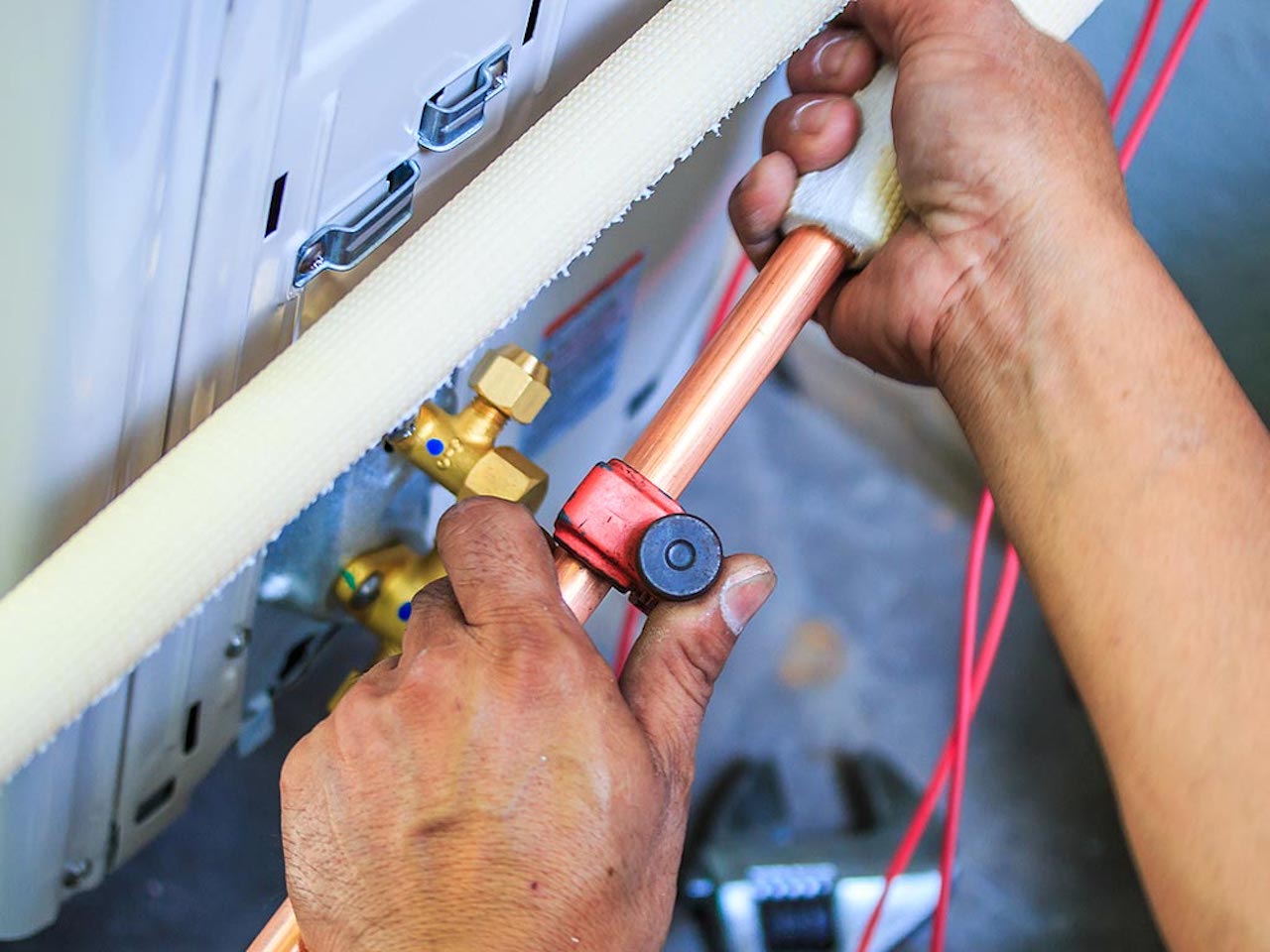
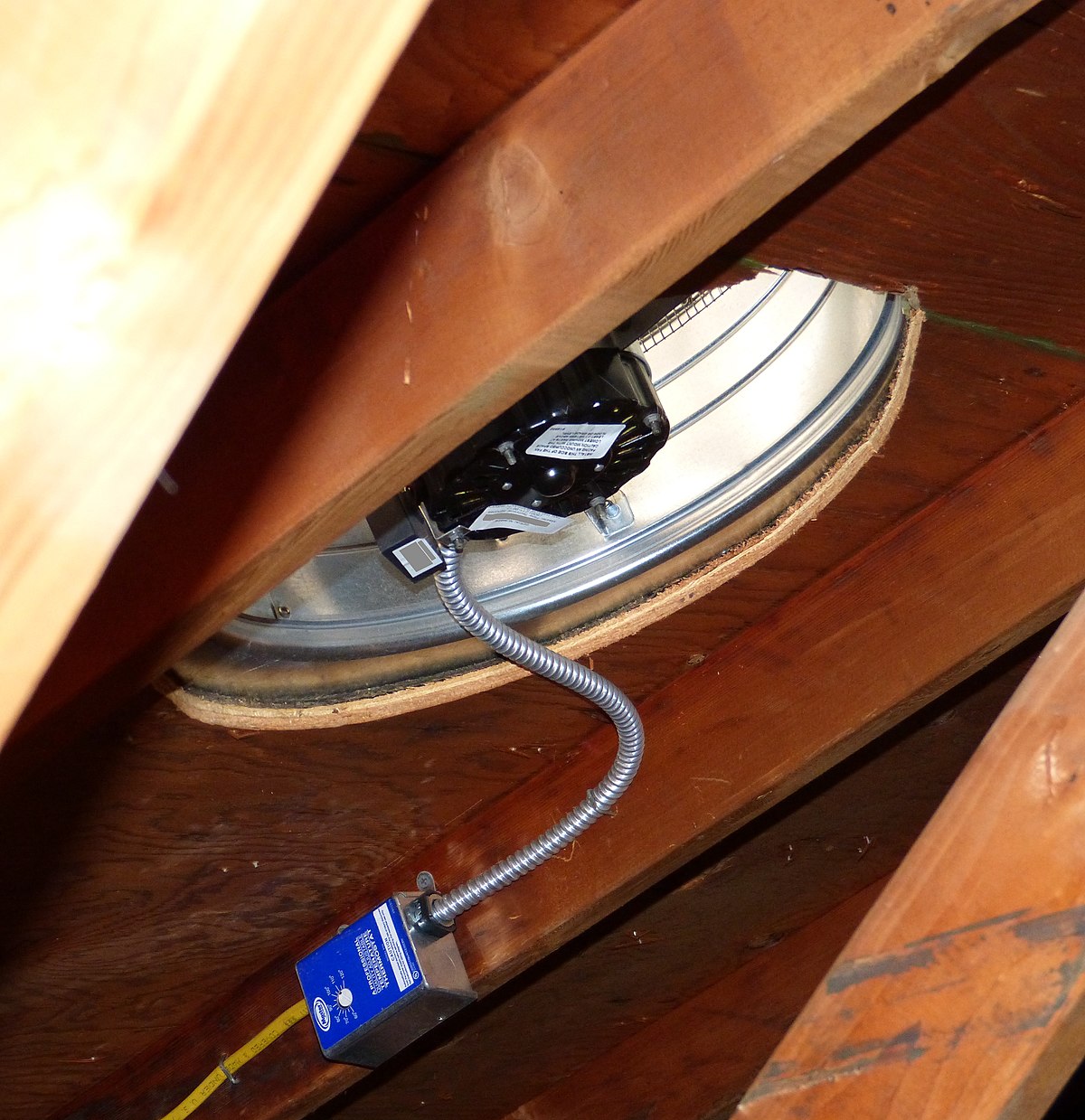


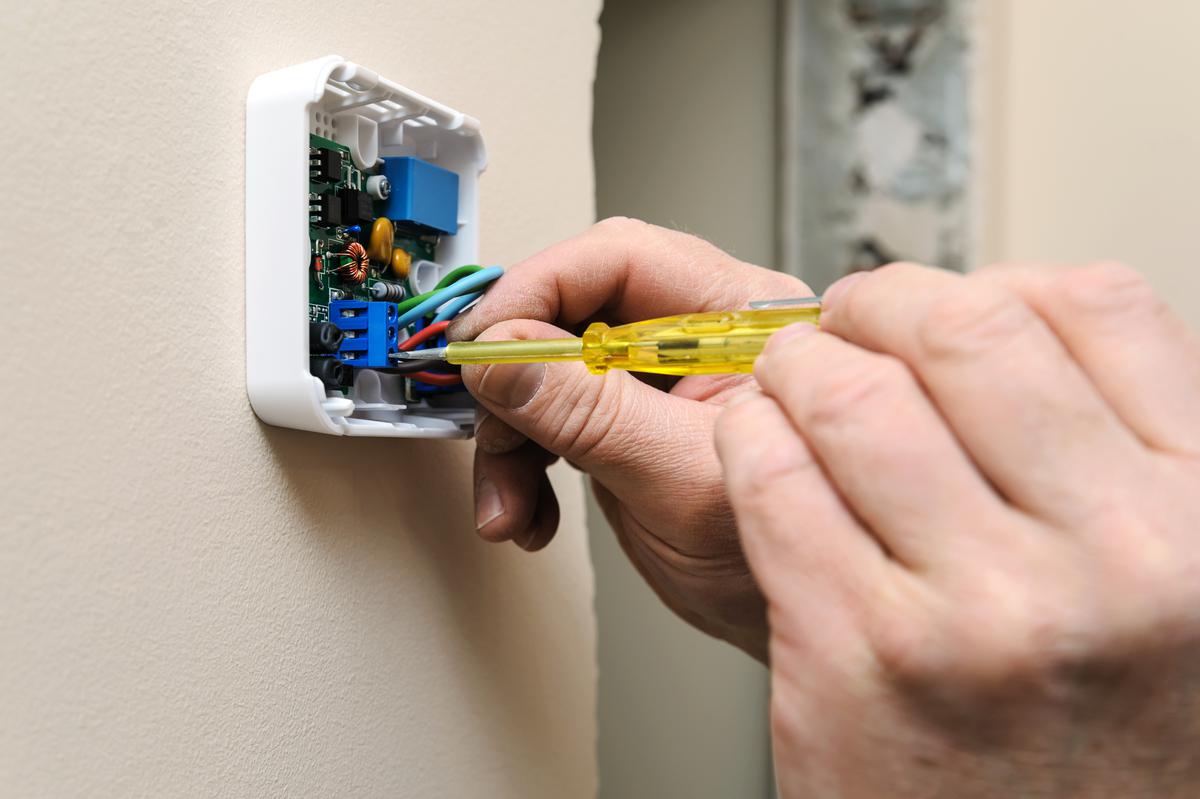
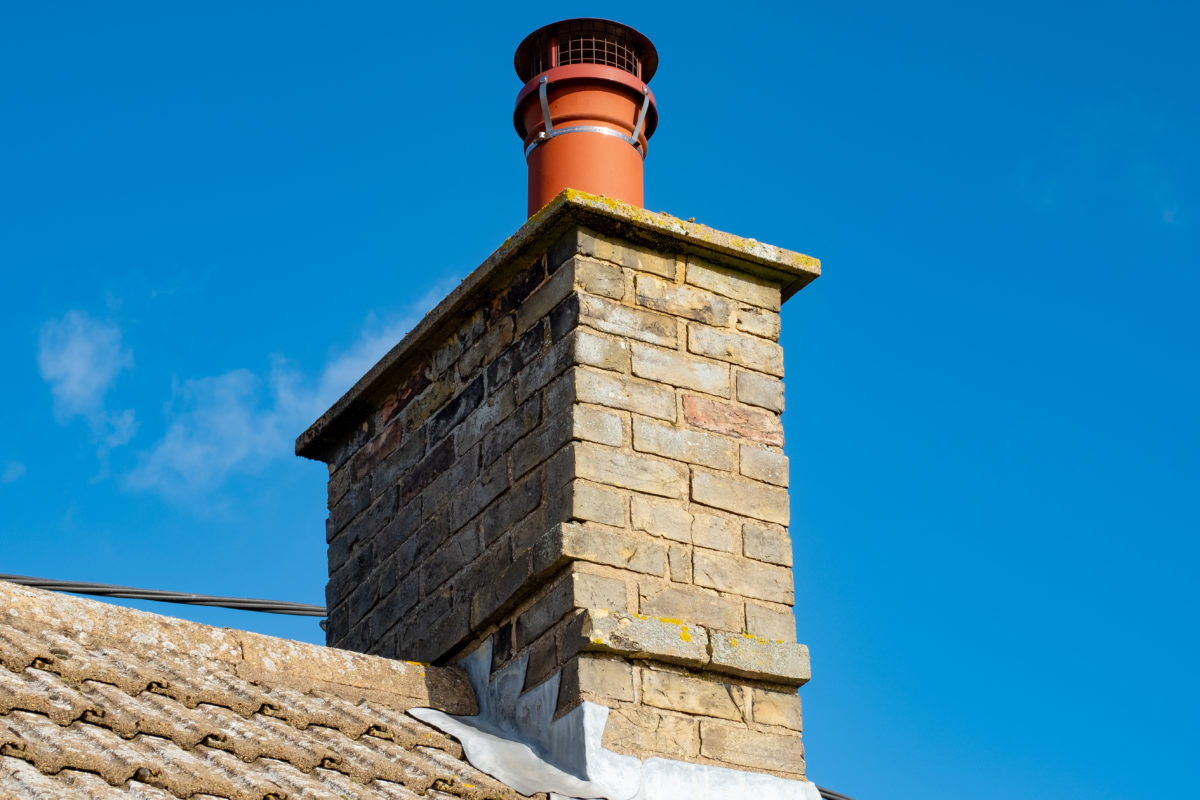
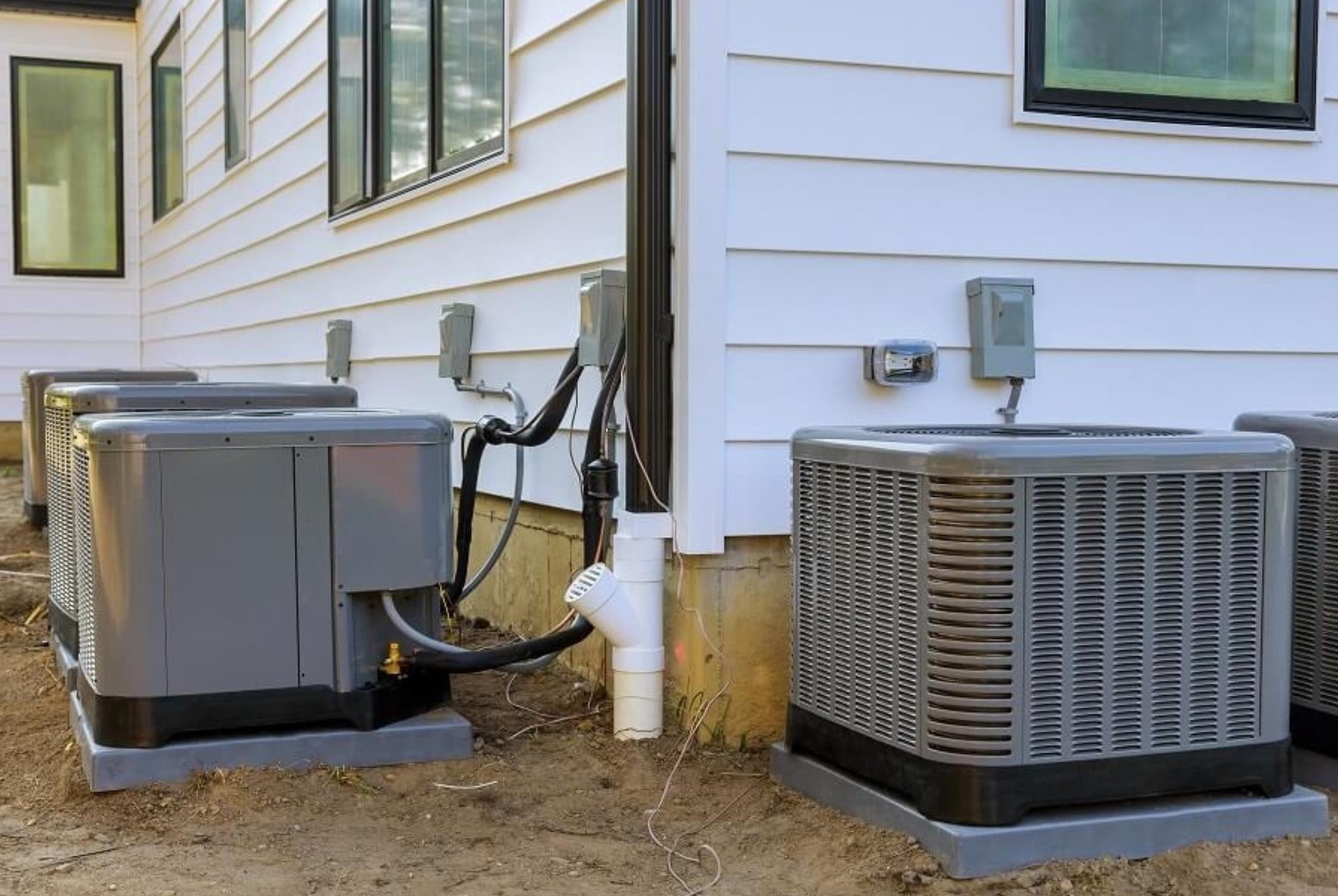
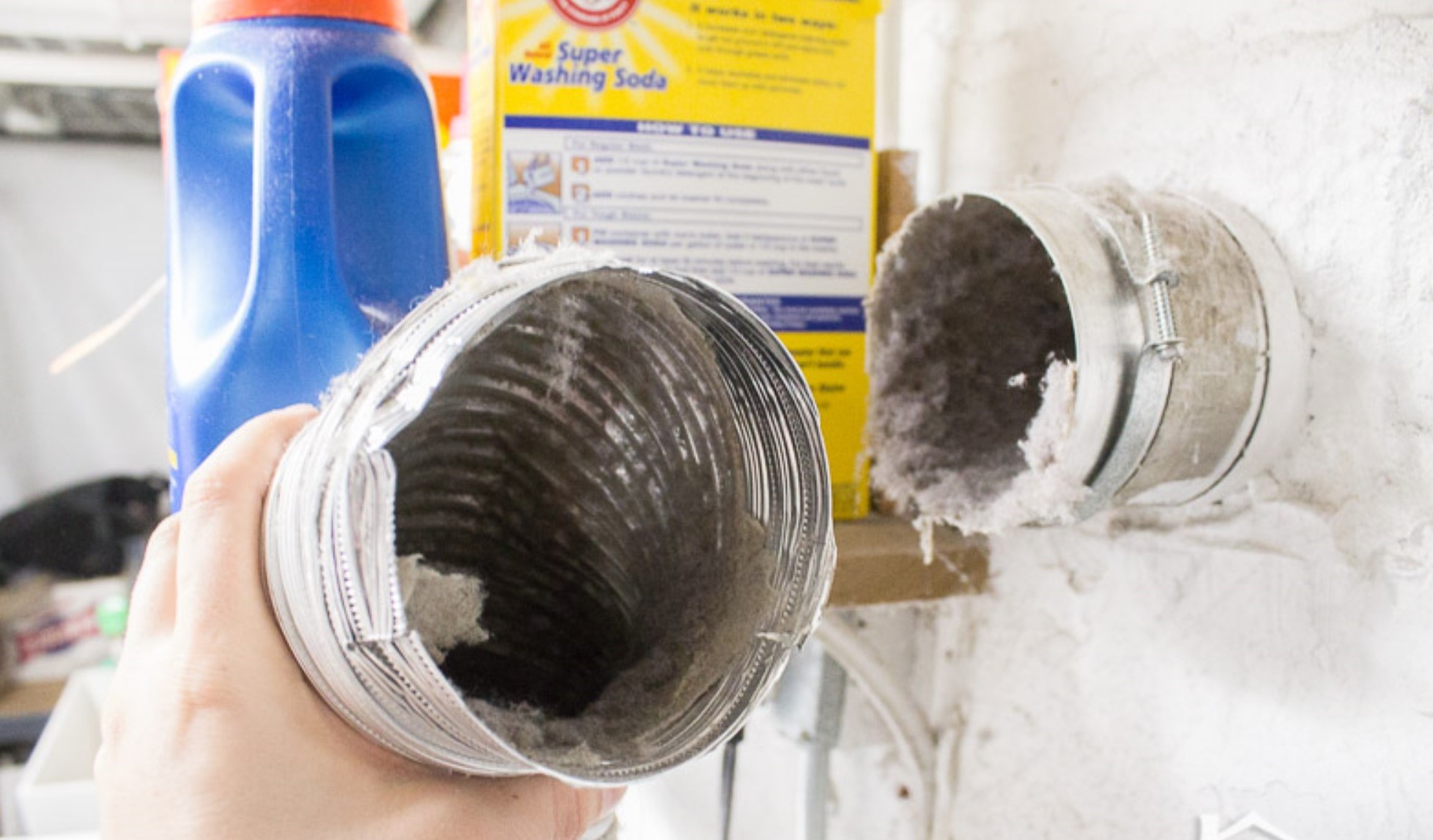
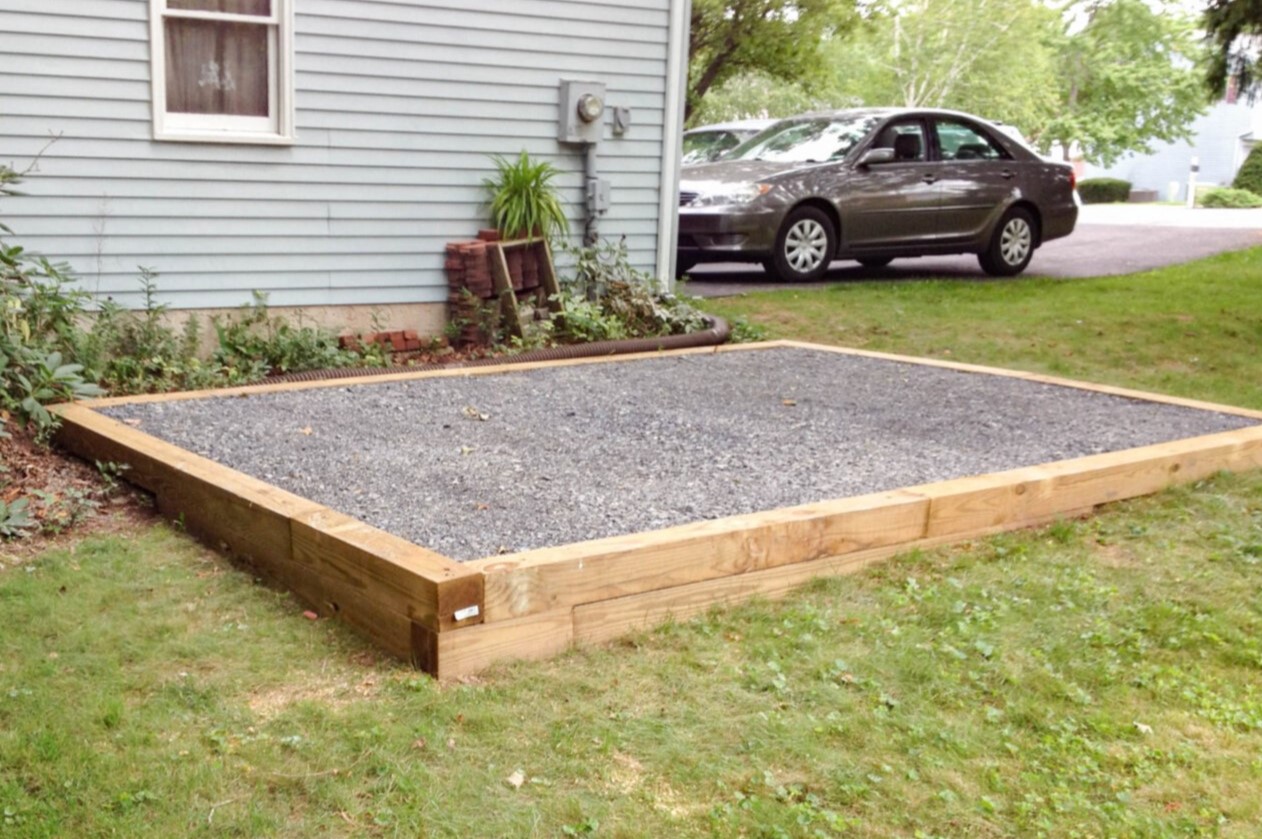

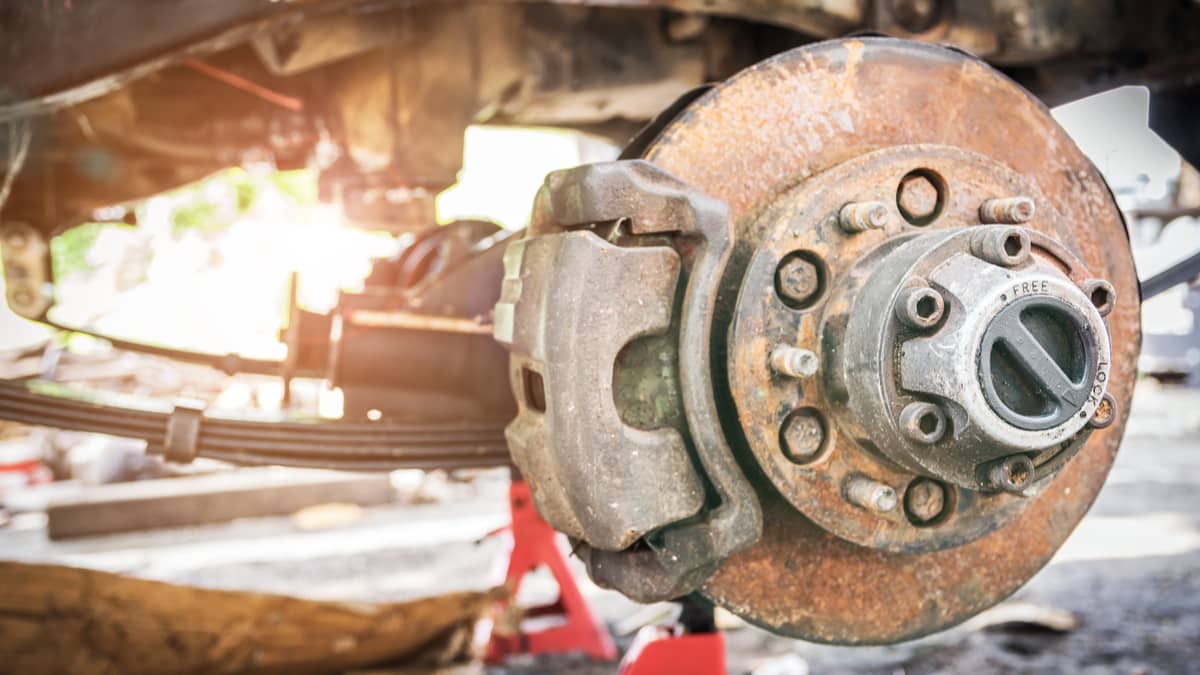


0 thoughts on “How Do I Know If I Need Foundation Repair”